Lale’s Camp
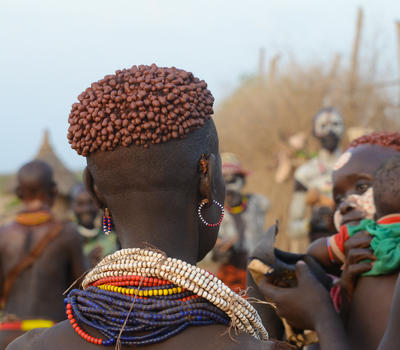
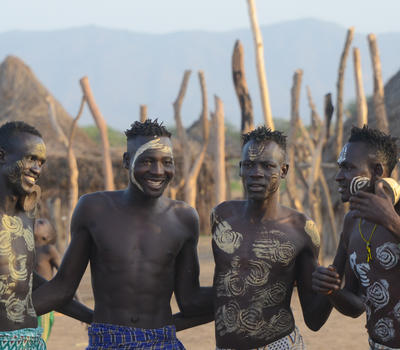
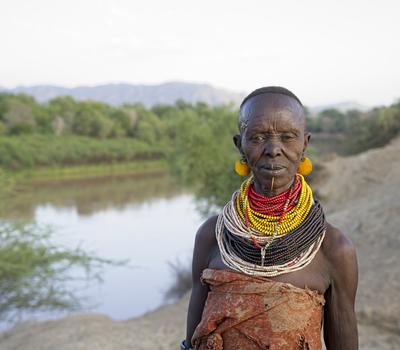
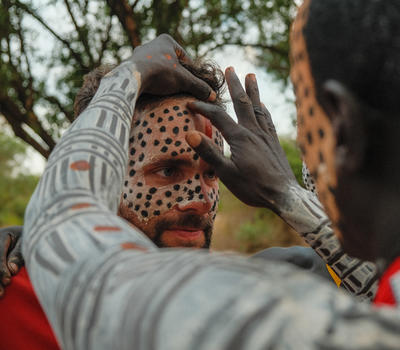
tribal cultural interaction - Kara
The Kara people are limited to just three villages along the banks of the Omo River, one of which is within walking distance of camp and with which Lale's Camp is partnered. This community allow guests of Lale's Camp access to their day to day life and celebratory dances.
Show More
Show Less
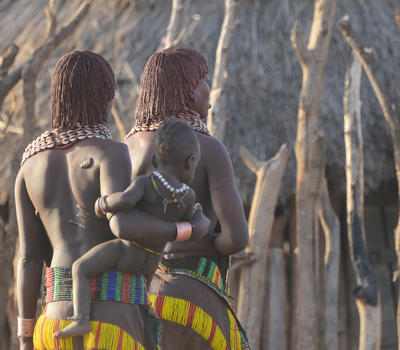
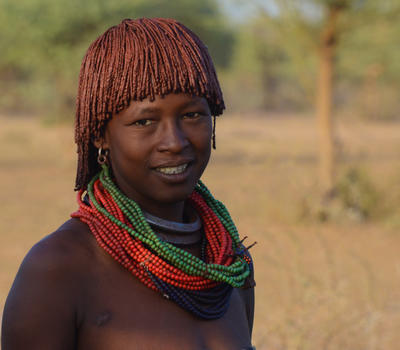
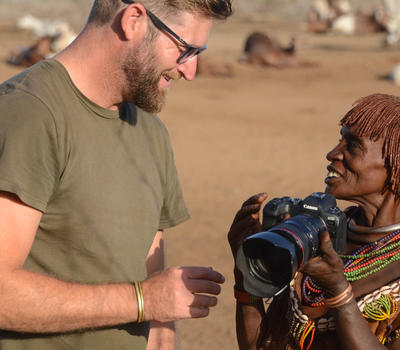
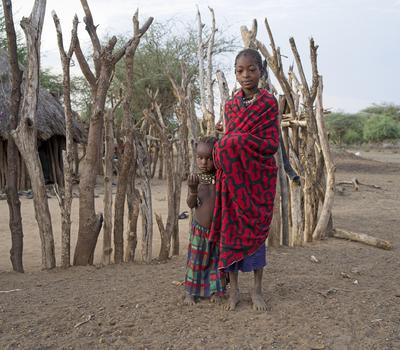
tribal cultural interaction - Hamar
The Hamar people ar pastoralists who live inland from the Omo River where they can graze their cattle and goats. Lale's Camp has an excellent relationship with a cluster of Hamar homesteads that welcome our guests into their homes and day to day lives.
Show More
Show Less
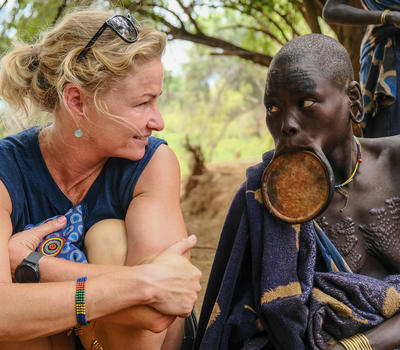
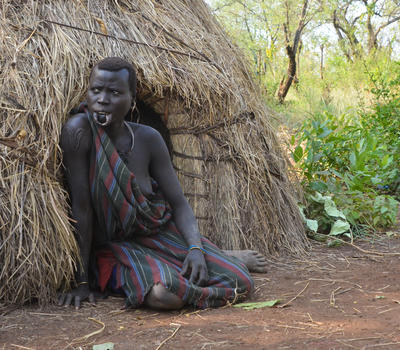
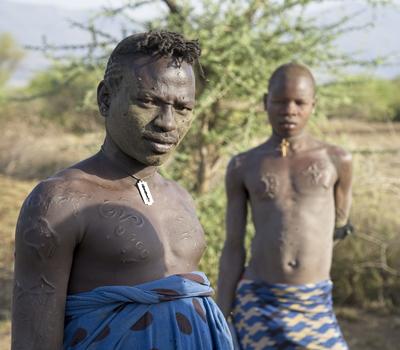
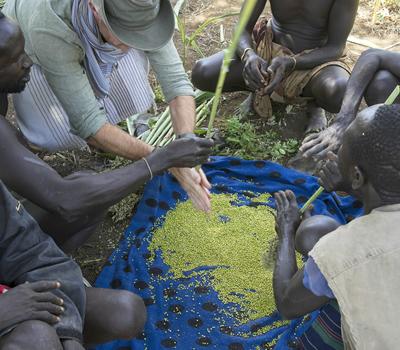
tribal cultural interaction - Mursi
The Mursi - best known for the lip-plate wearing women and for scarification - are a remote tribe that we reach only by travelling far upstream from Lale's Camp to overnight with in a fly camp. Here we are able to participate in whatever seasonal activity is occupying their time, whether this be cultivation, fishing, cattle herding or anything else.
Show More
Show Less
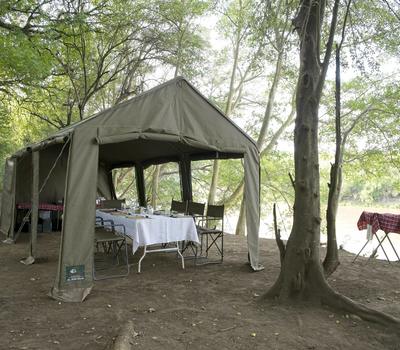
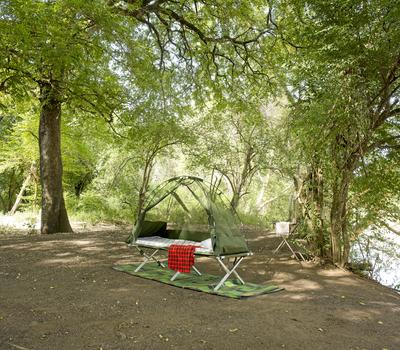
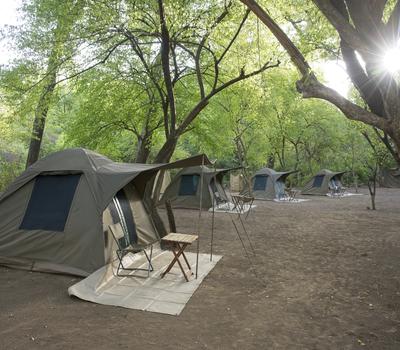
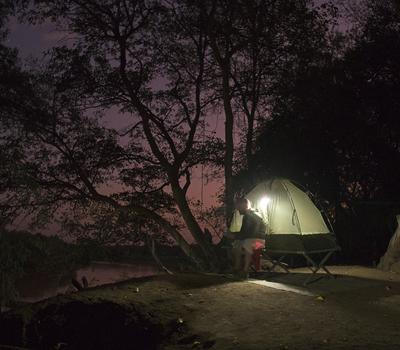
fly camping
In order to reach the remote Mursi tribe we set up temporary fly camps where we can overnight with these traditional people, staying either in dome tents or simple stretchers covered with mosquito nets.
Show More
Show Less
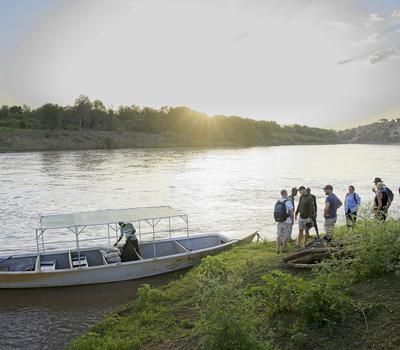
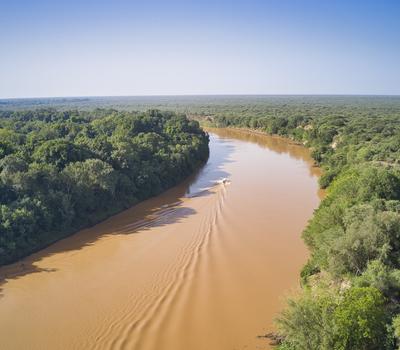
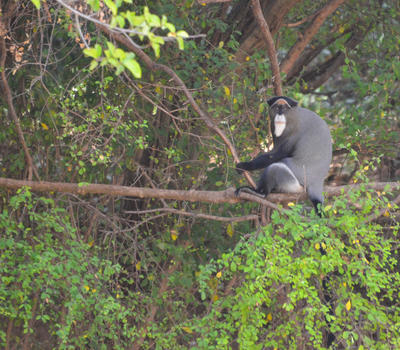
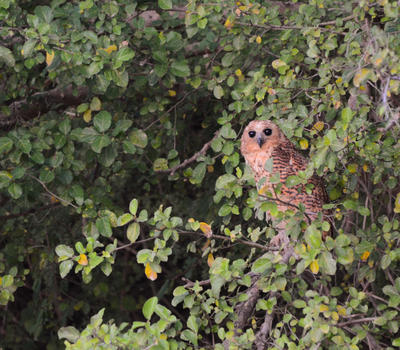
Omo River boating and wildlife
The Omo River is a lifeline in an otherwise quite arid land and its lush rivernine forests and exposed sand banks are great habitat for some interesting species. Pel's fishing owl, Egyptian plover and northern carmine bee-eater are among the birding delights, while unusual primates like de Brazza's monkey and Bourtourlini's monkey are a mammalian treat.
Show More
Show Less

























